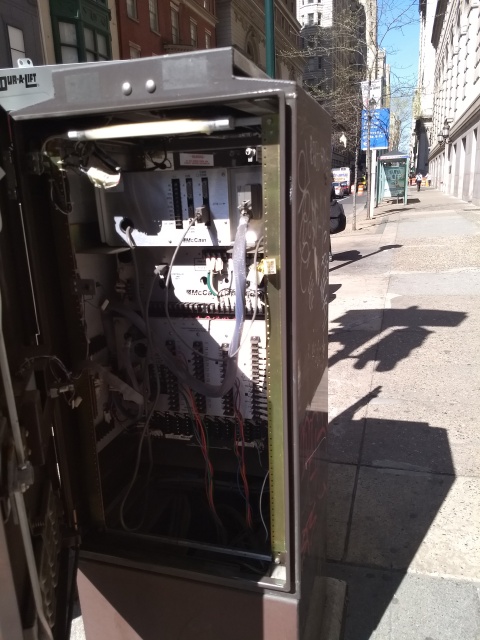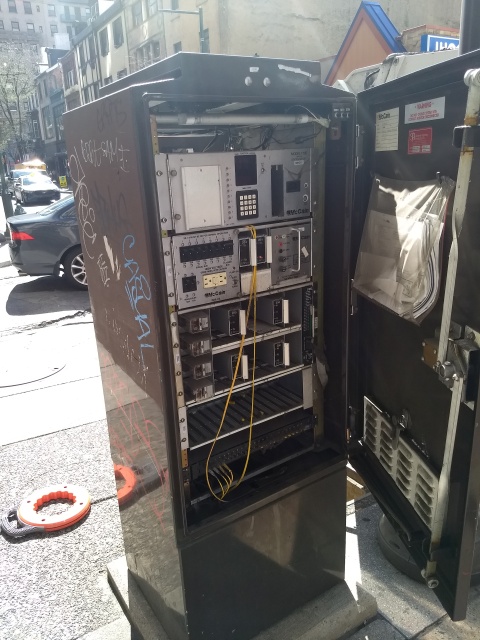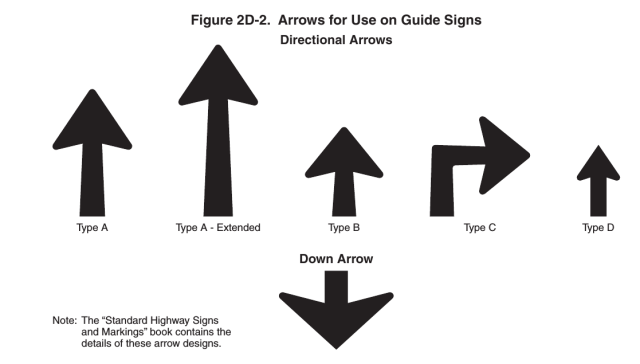Mark Dominus (陶敏修)
mjd@pobox.com

Archive:
| 2025: | JFMAM |
| 2024: | JFMAMJ |
| JASOND | |
| 2023: | JFMAMJ |
| JASOND | |
| 2022: | JFMAMJ |
| JASOND | |
| 2021: | JFMAMJ |
| JASOND | |
| 2020: | JFMAMJ |
| JASOND | |
| 2019: | JFMAMJ |
| JASOND | |
| 2018: | JFMAMJ |
| JASOND | |
| 2017: | JFMAMJ |
| JASOND | |
| 2016: | JFMAMJ |
| JASOND | |
| 2015: | JFMAMJ |
| JASOND | |
| 2014: | JFMAMJ |
| JASOND | |
| 2013: | JFMAMJ |
| JASOND | |
| 2012: | JFMAMJ |
| JASOND | |
| 2011: | JFMAMJ |
| JASOND | |
| 2010: | JFMAMJ |
| JASOND | |
| 2009: | JFMAMJ |
| JASOND | |
| 2008: | JFMAMJ |
| JASOND | |
| 2007: | JFMAMJ |
| JASOND | |
| 2006: | JFMAMJ |
| JASOND | |
| 2005: | OND |
Subtopics:
| Mathematics | 245 |
| Programming | 99 |
| Language | 95 |
| Miscellaneous | 75 |
| Book | 50 |
| Tech | 49 |
| Etymology | 35 |
| Haskell | 33 |
| Oops | 30 |
| Unix | 27 |
| Cosmic Call | 25 |
| Math SE | 25 |
| Law | 22 |
| Physics | 21 |
| Perl | 17 |
| Biology | 15 |
| Brain | 15 |
| Calendar | 15 |
| Food | 15 |
Comments disabled
Tue, 01 May 2018
What's in those mysterious cabinets?
Last Monday some folks were working on this thing on Walnut Street. I didn't remember having seen the inside of one before, so I took some pictures of it to look at later.
Thanks to the Wonders of the Internet, it didn't take long to figure out what it is for. It is a controller for the traffic lights at the intersection.
In particular, the top module in the right-hand picture is a Model 170 ATC HC11 Controller manufactured by McCain Inc, a thirty-year old manufacturer of traffic control devices. The controller runs software developed and supported by McCain, and the cabinet is also made by McCain.
The descriptions of the controllers are written in a dense traffic control jargon that I find fascinating but opaque. For example, the 170 controller's product description reads:
The McCain 170E, 170E HC11, and 170 ATC HC11 controllers’ primary design function is to operate eight-phase dual ring intersections. Based on the software control package utilized, the 170’s control applications can expand to include: ramp metering, variable message signs, sprinklers, pumps, and changeable lane control.
I think I understand what variable message signs are, and I can guess at changeable lane control, but what are the sprinklers and pumps for? What is ramp metering?
[ Addendum 20180502: readers explain ]
The eight-phase dual ring intersection, which I had never heard of before, is an important topic in the traffic control world. I gather that it is a four-way intersection with a four-way traffic light that also has a left-turn-only green arrow portion. The eight “phases” refer to different traffic paths through the intersections that must be separately controlled: even numbers for the four paths through the intersection, and odd numbers 1,3,5,7 for the left-turn-only paths that do not pass through. Some phases conflict; for example phase 5 (left-turning in some direction, say from south to east), conflicts with phase 6 (through-passing heading in the opposite direction) but not with phase 1 (left-turning from north to west).

There's plenty of detailed information about this available. For example, the U.S. Federal Highway Administration publishes their Traffic Signal Timing Manual. (Published in 2008, it has since been superseded.) Unfortunately, this seems to be too advanced for me! Section 4.2.1 (“Definitions and Terminology”) is the first place in the document that mentions the dual-ring layout, and it does so without explanation — apparently this is so elementary that anyone reading the Traffic Signal Timing Manual will already be familiar with it:
Over the years, the description of the “individual movements” of the dual-ring 8-movement controller as “phases” has blurred into common communicated terminology of “movement number” being synonymous as “phase number”.
But these helpful notes explain in more detail: a “ring” is “a sequence of phases that are not compatible and that must time sequentially”.
Then we measure the demand for each phase, and there is an interesting and complex design problem: how long should each phase last to optimize traffic flow through the intersection for safety and efficiency? See chapter 3a for more details of how this is done.
I love when I discover there is an entire technical domain that I never even suspected existed. If you like this kind of thing, you may enjoy geeking out over the Manual of Uniform Traffic Control Devices, which explains what traffic signs should look like and what each one means. Have you ever noticed that the green guide signs on the highway have up-pointing and down-pointing arrows that are totally different shapes?
That's because they have different meanings: the up-pointing arrows mean “go this way” and the down-pointing arrows mean “use this lane”. The MUTCD says what the arrows should look like, how big they should be, and when each one should be used.
The MUTCD is the source of one of my favorite quotations:
Regulatory and warning signs should be used conservatively because these signs, if used to excess, tend to lose their effectiveness.
Words to live by! Programmers in particular should keep this in mind when designing error messages. You could spend your life studying this 864-page manual, and I think some people do.
Related geekery: Geometric highway design: how sharply can the Interstate curve and still be safe, and how much do the curves need to be banked? How do you design an interchange between two major highways? How about a highway exit?
Here's a highway off-ramp, exit 346A on Pennsylvania I-76 West:
Did you know that the long pointy triangle thing is called a “gore”?
What happens if you can't make up your mind whether to stay on the highway or take the exit, you drive over the gore, and then smack into the thing beyond it where the road divides? Well, you might survive, because there is a thing there that is designed to crush when you hit it. It might be a QuadGuard Elite Crash Cushion System, manufactured by Energy Absorption Systems, Inc..
It's such a big world out there, so much to know.
[Other articles in category /tech] permanent link






